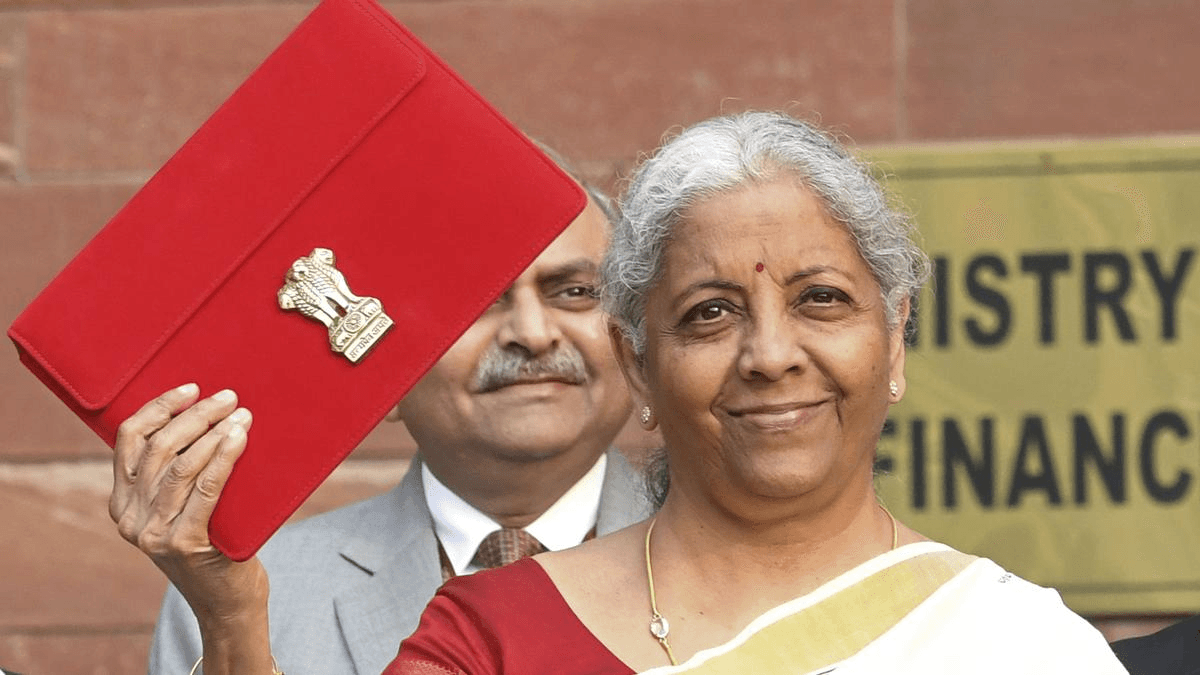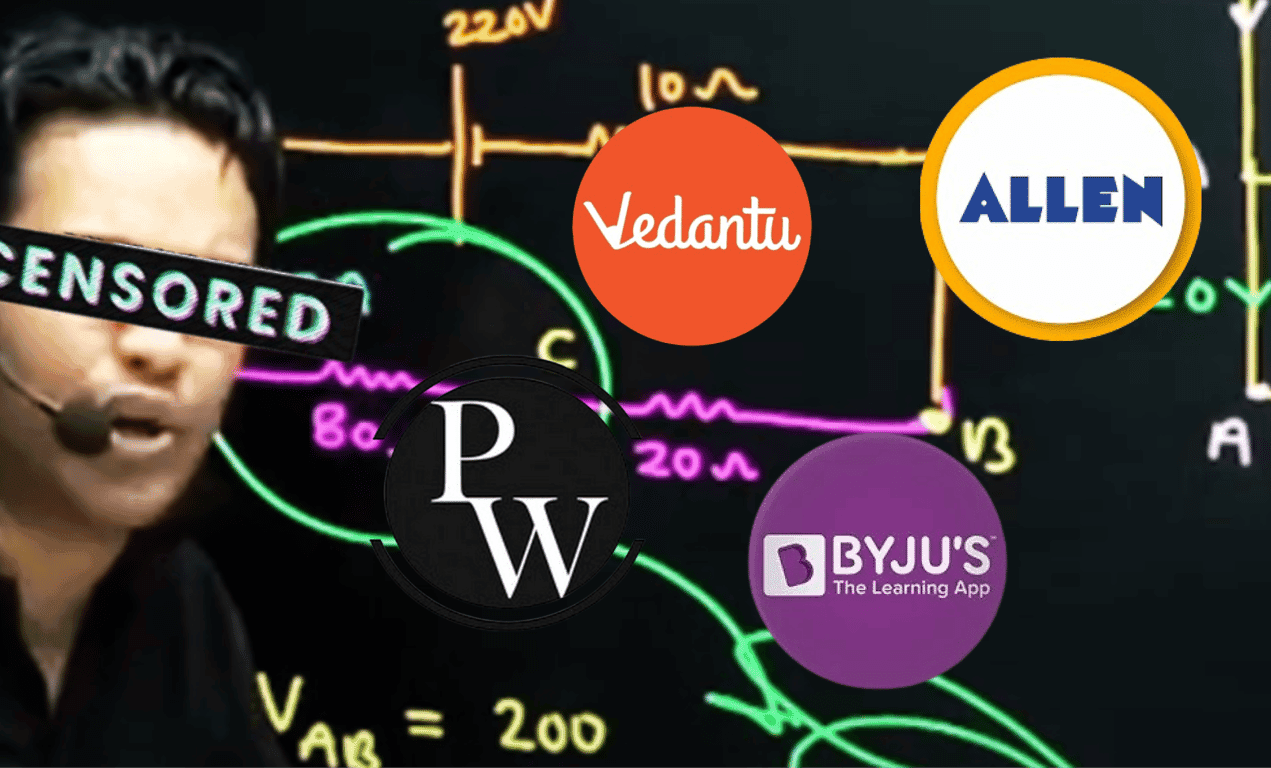 “He who controls the oil, controls the World.” A well defined, strategic monopoly has been created due to the production of oil. But how is this viscous liquid created and why is it as essential as the fresh water for the sustenance of any nation’s economy?
“He who controls the oil, controls the World.” A well defined, strategic monopoly has been created due to the production of oil. But how is this viscous liquid created and why is it as essential as the fresh water for the sustenance of any nation’s economy?
The Natural Selective Production-
These flammable glycerides, mainly crude oil (naturally occurring fossil fuels made up of hydrocarbons) are formed from the remains of ancient marine organisms that have accumulated after being buried under the various layers of sediments over a million years. The immense heat and pressure has transformed it into a waxy substance called ‘Kerogen’. This then migrate their way up through tiny pores in rock, reach the surface and get trapped in the underground reservoirs beneath the impermeable layers.
The Extraction Process- Based on 4 Pillars
· Drilling- Digging up the land or the offshore reservoirs via modern technologies and machinery.
· Primary Oil Recovery- The pressure drives the oil to the surface, naturally.
· Secondary and Tertiary Recovery- When the pressure’s intensity decreases, water and oil injection techniques are used for further extraction.
· Hydraulic Fracturing – Increases the permeability of the rock and allows more oil to flow into the well.
The Aftermath-
1) Transportation to refineries via pipelines, ships or trucks, is carried out.
2) Once the crude oil has reached the refinery, it is seperated into:
- Gasoline, Diesel, Heating Oil, Jet fuel and many more through the process of distillation.
Oil producing nations are crucial for the global economy and geopolitical landscape because oil is the fundamental source of energy for transportation, industry and heating. Oil is a non-renewable resource due to the wide gap between the rate of consumption and renewability. Moreover it requires specific geological conditions (temperature- 70-80 degree celsius, burial depth of 2.5km-3km etc) The presence of a source rock (a type of a sedimentary rock which is rich in kerogen), reservoir rock (a porous and permeable rock that can store water, oil and gas within its pores) and a trap (device used for the collections of oil, grease etc) is essential.
What makes the Petrostates gain global dominance is the myriad amount of money which goes in the maturation process. The revenue generated from oil exports facilitates the growth of economy and diversification of infrastructure. Strong international presence adds onto to this.
OPEC- Organisation of Petroleum Exporting Countries further strengthens the power by coordinating production in the global energy markets, for example- Oil futures market.
The hefty influence can be understood through this analogy, here’s how it works
Prices ↑, Savings ↓, Investment in the market ↓, Growth of the nation ↓ — and it becomes stagnant
The principle on which the Petrostates work is The Weaponization of Energy. Such predominance over nations can be illustrated via through this instance.
THE YOM KIPPUR WAR- 1973
The Oil changed the game as it was the first time oil was being used as a political weapon.
A military conflict between Israel and a group of Arab countries led by Egypt and Syria.Middle East was and still is the home to some of the world’s largest oil reserves. While the US and Western countries supported Israel, Arab and oil-producing countries personified oil as The AK-47 assault rifle. In response the Arab OPEC nations cut oil exports to countries supporting Israel, leading to a worldwide oil crisis, skyrocketed prices and gas shortages. The 1973 Oil Embargo shook the whole word, mainly because it was an unexpected economic warfare move. The Arabs realised that they could move the global economy with their fingers in just a snap. On the other hand The West learned that being dependent on the oil was a national security risk.
In these dreadful times, Brazil emerged as a benevolent force when least expected. The hidden benefactor emerged as a quiet yet powerful ally in a critical moment to its people. A breakthrough discovery was found which was 90% cleaner at the same time, it was efficient. Brazil used the unharvested sugar for ethanol blending which could later be converted into the oil to support daily use. Soon enough Brazil became energy dependent and flexed its muscles.
India- Drawing inspiration from the above stated.
In March 2025, India's petroleum product exports increased by 8.3% to 1.47 million barrels per day. It doesn't produce a large amount of crude oil (ranking 22nd globally in 2022) yet it's the largest exporter of refined oil in Asia and the fourth-largest refiner globally. This can potentially put pressure on future export volumes and hence India is on its way to adopt production practices.
The concept of E20, a fuel blend consisting of 20% ethanol and 80% petrol, has been introduced by Mr. Nitin Gadkari, the Minister of Road Transport and Highways of India. This initiative aims to reduce environmental pollution and decrease the country's dependence on imported fossil fuels. Major automobile manufacturers are working on developing vehicles that can run entirely on bio-ethanol.
TruAlt a Bio Energy Company in India is actively engaging in the process of Ethanol blending. A 2G Technology is being incentivised through schemes like- Pradhan Mantri JI-VAN Yojana, supporting the bioethanol projects. With the help of a special enzyme the price could only be 30 rupees per litre, if the project becomes successful in true sense. The 1G Ethanol is different from the 2G Ethanol as it uses food crops like sugarcane while this 2G Ethanol focuses on producing ethanol from non-food feedstocks, agricultural wastes, rice straw, wheat husk and sugarcane bagasse. The substances are being burnt because of their 0 return value but all of them could be utilized wisely.
Similar to a coin which has 2 sides, the harmful gases produced from ethanol can do more harm than good. But again, nature in combination with science and technology can do magical wonders. The Ethanol spent wash is a liquid byproduct of fermentation and is distillery effluent. This environmental hazard poses risks to human and animal health due to its contaminant composition-Nitrates, sulfates, toxic metals etc. But it can be turned into a revenue generating asset. The Spent wash has
1) CH4 (Methane)- Can be used as a Bio CNG
2) Potash- Can be turned into Fertilizers
3) CO2 (Dry ice) can be used for carbonating drinks and other many more industrial uses like medical supplies transportation, construction and as a fire suppressant
The major question which arises is that will it be able to substitute petrol?
Yes, the cost is almost similar and even better, it poses a less risk of inflation due to the dependence on other nations. Tons of Forex Reserves could also be saved and put to a better use. Scope in various and diverse sectors further proves the above stated-
1. Aviation- There isn’t a need to develop a special aircraft. The blending is compatible with whichever aircrafts are currently present.
2. Flex Fuel Vehicles- Can run on 100% Petrol, 100% Ethanol or even a blend of both. Due to this dynamic characteristic, it could be exported. The production of industries which can increase the supply of such vehicles will also generate employment.
3. Bio Gas- One can’t emphasise enough on this as it’s a better alternative for CNG and produces 90% less Greenhouse gases.
Challenges still persist!
1. Water usage to carry out this process is extremely high- A study published in Environmental Science and Technology estimates that water use varies from 5 to 2,138 litres, per litre of ethanol, depending on regional irrigation needs.
2. Food Security Concerns- a significant portion of the population relies on food staples like rice and maize. Diversion of these crops to ethanol production can lead to shortages and rising food prices, impacting the vulnerable population.
3. Will the Ethanol blending be relevant for the long term demand?
In conclusion, India is on its path of selling the future, not the feature, it’s self explanatory.
The economy shall see the rise, from struggle to summit
Written By Vidushi Thakur


